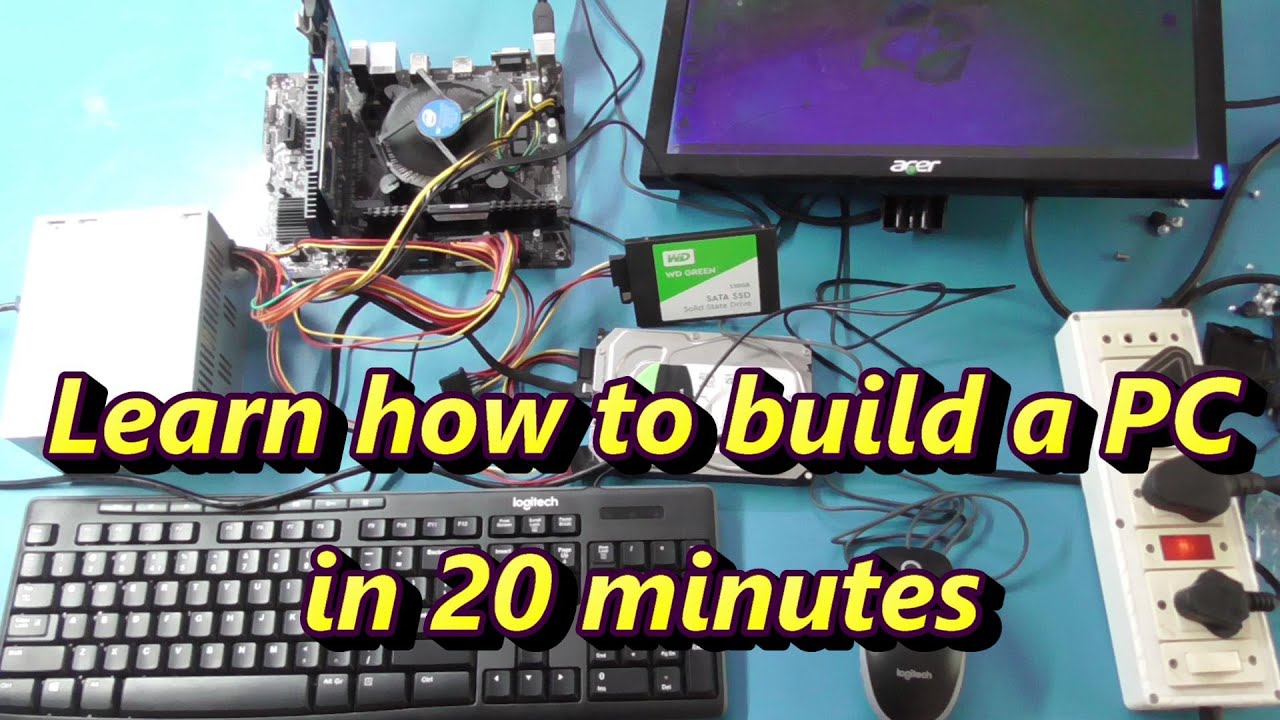It's safe to say that the last couple of weeks have been a bit chaotic for AMD and its motherboard partners. Unfortunately, it's been even more chaotic for some users with AMD's Ryzen 7000X3D processors. There have been several reports of Ryzen 7000 processors burning up in motherboards, and in some cases, burning out the chip socket itself and taking the motherboard with it.
Over the past few weeks, we've covered the issue as it's unfolded, with AMD releasing two official statements and motherboard vendors scrambling to ensure their users have been updating firmware in what feels like a grab-it-quick fire sale, pun very much intended. Not everything has been going according to plan, with AMD having released two new AGESA firmware updates through its motherboard partners to try and address the issues within a week.
The first firmware update made available to vendors, AGESA 1.0.0.6, addressed reports of SoC voltages being too high. This AGESA version put restrictions in place to limit that voltage to 1.30 V, and was quickly distributed to all of AMD's partners. More recently, motherboard vendors have pushed out even newer BIOSes which include AMD's AGESA 1.0.0.7 (BETA) update. With even more safety-related changes made under the hood, this is the firmware update AMD and their motherboard partners are pushing consumers to install to alleviate the issues – and prevent new ones from occurring.
In this article, we'll be taking a look at the effects of all three sets of firmware (AGESA 1.0.0.5c – 7) running on our ASRock X670E Taichi motherboard. The goal is to uncover what, if any, changes there are to variables using the AMD Ryzen 9 7950X3D, including SoC voltages and current drawn under intensive memory based workloads.


